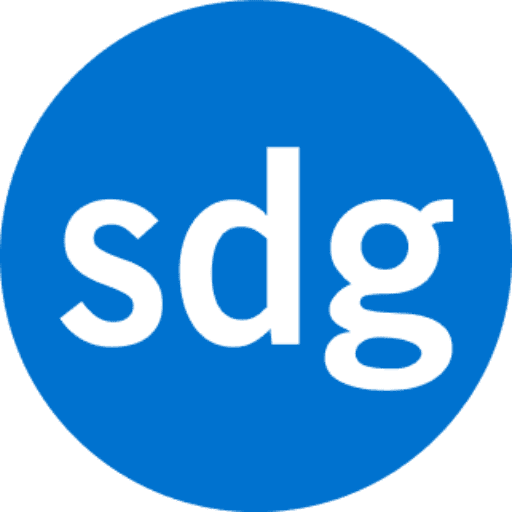Mapping Food Insecurity with Big Data
Second Harvest Heartland
Challenges
Non-profit dynamics
Disparate data sources
Challenging visualizations
SDG Solutions
Technical design
Data visualization
User experience design
Attacking hunger through sophisticated data visualization
Second Harvest Heartland is one of the nation’s largest, most efficient, and most innovative food banks. In a typical year, the organization collects, stores, and distributes over 80 million pounds of food to an estimated 530,000 people in 41 counties in Minnesota and 18 counties in western Wisconsin.
Second Harvest’s mission is to end hunger through community partnerships. They achieve this by focusing on results, innovation, and thought leadership. They find new sources of food and deliver it to over 1,000 food shelves, pantries, and other agency partner programs that in turn distribute this food to hundreds of thousands of families.
One way Second Harvest achieves this mission is through educating community leaders and legislators about food insecurity levels and associated demographics in their areas. They use complex demographic and geographic data to tell this story, but this raw data only paints a partial picture and it’s often difficult to visualize. They needed a more engaging and effective experience to communicate this information.
An interactive solution to tracking hunger
Second Harvest partnered with SDG to conceive, design, and implement an interactive map that allows users to navigate their service area and visually highlight hunger need areas. The map helps Second Harvest represent and understand hunger needs more accurately, and communicate with stakeholders to enact change and generate funding for more outreach.
An interactive experience compatible with any device
After collaborating with Second Harvest to envision and research the solution, SDG developed an interactive map that both looks and functions well across any device. This responsive web application is able to recognize, organize, and scale its display to the device of the user.
The interactive map is a single-page application, where all of the code needed for the page to function is loaded once. As the zoom level, demographic filters, and other data are adjusted, the interactive map dynamically communicates with the backend data and automatically redraws itself. This user interaction is seamless and fluid providing a fast and delightful user experience.
User controlled, powerful, and information-rich
The data in the application is detailed enough to display hunger needs by census tract, or clusters of about 8,000 people, which allows the user to efficiently view hunger need hot-spots within a community.
Additional user-controlled data layers provide useful information on items such as food shelf locations, the amount of food distributed at each location, Commodity Supplemental Food Program (CSFP) locations, school locations, students receiving free or reduced meals, and poverty rates. The application is a major step forward in communicating targeted food insecurity data across a population.
Partnership scorecard
Pounds of food annually
Counties mapped
People served
To read more success stories, visit the our work page.
Photo by Joel Muniz on Unsplash
